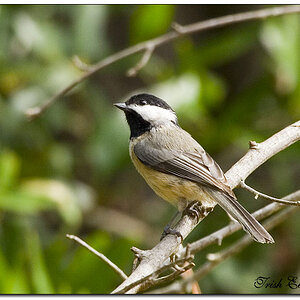usayit
No longer a newbie, moving up!
- Joined
- Nov 15, 2003
- Messages
- 9,521
- Reaction score
- 347
- Can others edit my Photos
- Photos OK to edit
The f1 and f.95 lenses were pretty horrible optically and never sold well despite their amazing speed.
If you are referring to Canon, I believe the 50mm f0.95 was for their rangefinder and was considered pretty good for its time. It was the EF 50mm f1 that was considered optically inferior to the 50mm f1.4. It didn't sell well because of their asking price compared to the 50mm f1.4. BTW... photovillage in NYC has one EF 50mm f1 for sale.... the price is a bit hard to swallow.. $5400.
I've shot with Canon EF 50mm f1.8, EF 50mm f1.4, Pentax/Takumar screwmount SMC 50mm f1.4, Pentax Kmount 50mm f1.2, Leica 50mm f1.4 preASPH, Old 50s vintage Leica 50mm f2, and yes the infamous Leica 50mm f1.
If I just glance back at my photos, its pretty hard to distinguish which lens took which photo (except for the Noctilux which renders images quite differently/uniquely.. very pleasing but far from optically "perfect".. still my most enjoyable used lens). My point... the differences are quite subtle. 90% of the photographers out there wouldn't know the difference between 50mm f1.4 and 50mm f1.2... the 10% that do are willing to fork over the cash.
If you are asking the if 50mm f1.2L is worth it compared to the EF50mm f1.4, I would probably recommend the cheaper. If you are asking if the 50mm f1.4 is worth it compared to the EF 50mm f1.8, I would recommend the cheaper. (btw.. I am always wary of blanket statements that A is definitely better than lens B as very few are ever proven)
I shot for YEARS with the early version of EF50mm f1.8 metal mount that was purchased for $65 used. Never really had the "need" to even go to the EF50mm f1.4. I got older with a better job and more resources... ended up selling the f1.8 to my cousin and forking the cash for the f1.4. Why? for teh subtle differences that I can now afford.



![[No title]](/data/xfmg/thumbnail/30/30870-c7febc7c14dc6447653c2ae2355ffc61.jpg?1619734488)
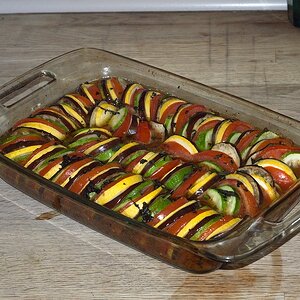

![[No title]](/data/xfmg/thumbnail/30/30866-bdfc426e8ee7e6ad63f6d751c5f288f0.jpg?1619734485)
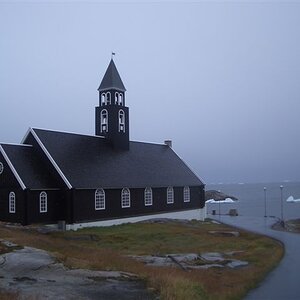

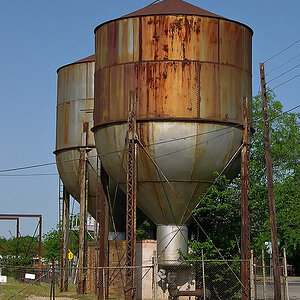
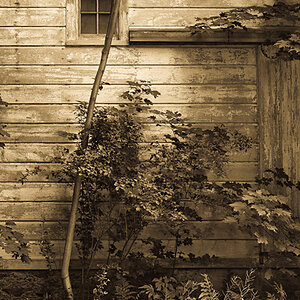
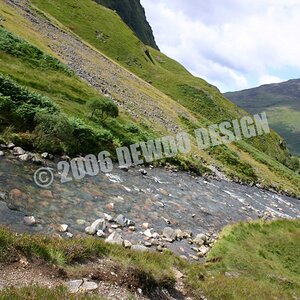
![[No title]](/data/xfmg/thumbnail/30/30869-817b4d4e7585860fab4b08558512787a.jpg?1619734487)
